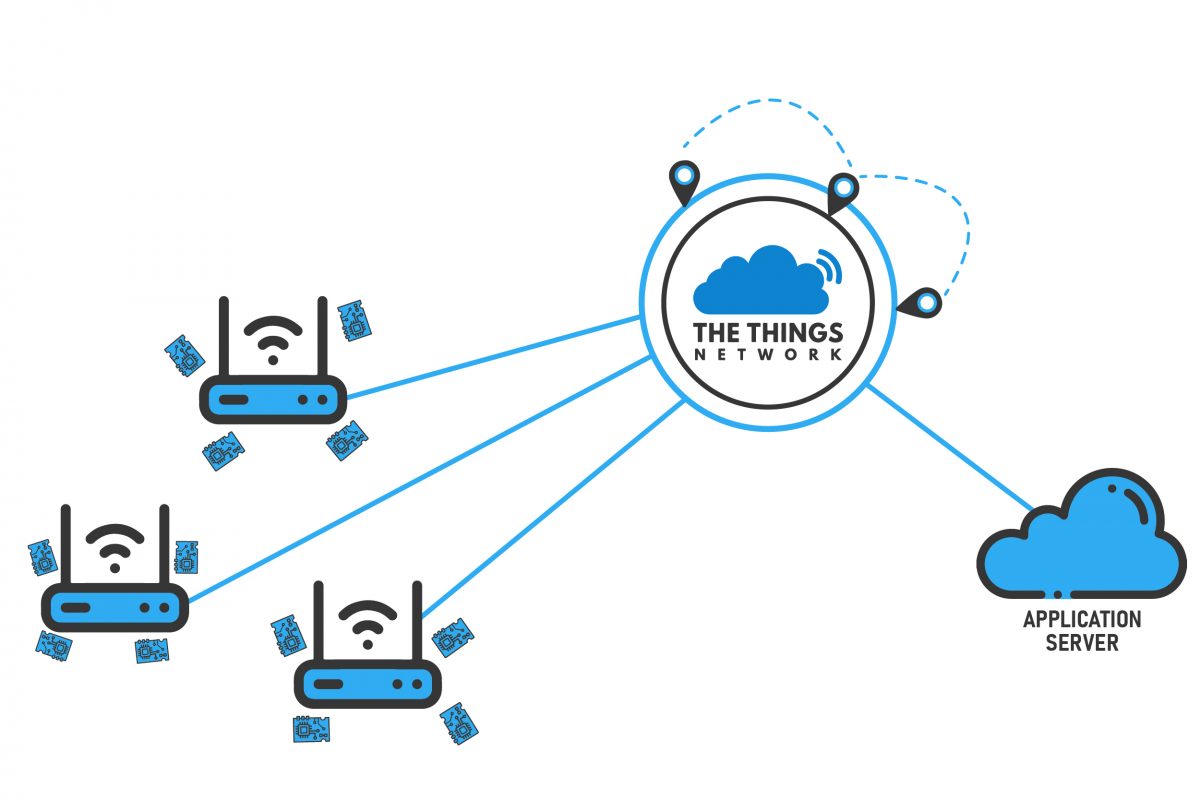In the modern digital age, connectivity is the cornerstone of progress. Whether it’s staying in touch with loved ones, conducting business transactions, or accessing information, the ability to connect seamlessly is essential. At the heart of this connectivity revolution lies wireless networks, the invisible threads that weave our world together.
Wireless networks have come a long way since their inception, evolving from simple local connections to sprawling global infrastructures. Today, they are ubiquitous, powering everything from smartphones and laptops to smart homes and industrial machinery. But what exactly are wireless networks, and how do they work?
At its core, a wireless network utilizes radio waves to transmit data between devices without the need for physical cables. These networks operate on various frequencies, with Wi-Fi being the most common for local area connections and cellular networks for broader coverage. The beauty of wireless technology lies in its flexibility and convenience, enabling users to access the internet and communicate with each other from virtually anywhere within range of a signal.
One of the key advantages of wireless networks is their ability to foster mobility. With Wi-Fi hotspots proliferating in cafes, airports, and public spaces, individuals can stay connected on the go, whether they’re catching up on emails during a layover or joining a virtual meeting from a remote location. Similarly, cellular networks ensure that users remain connected even when they’re miles away from home, enabling seamless communication and access to digital services.
Moreover, wireless networks play a pivotal role in bridging the digital divide. In regions where laying physical infrastructure is impractical or cost-prohibitive, wireless technology offers a lifeline, bringing internet access to underserved communities and empowering them with educational resources, economic opportunities, and vital information.
The proliferation of wireless networks has also catalyzed innovation across industries. In healthcare, for instance, remote patient monitoring devices leverage wireless connectivity to transmit vital signs to healthcare providers in real-time, revolutionizing the delivery of care and improving patient outcomes. In manufacturing, the Internet of Things (IoT) relies on wireless networks to connect sensors, machines, and systems, enabling predictive maintenance, optimizing operations, and driving efficiency gains.







